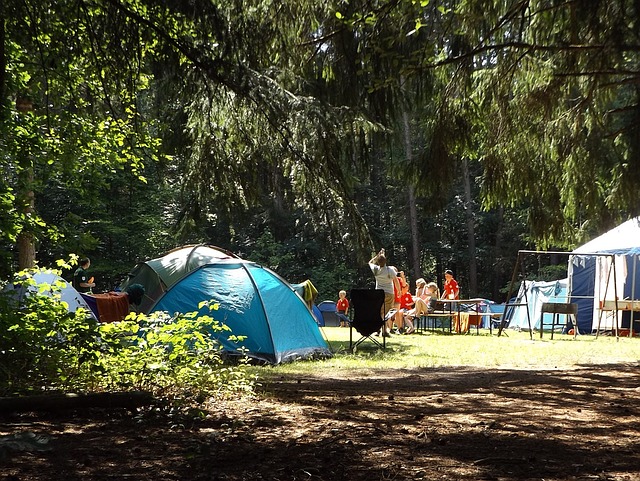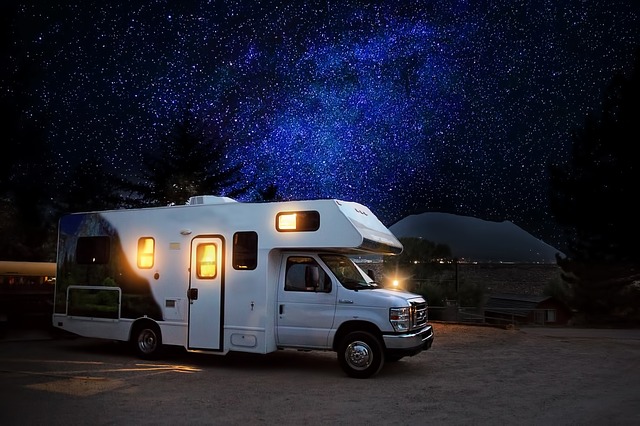
I love cities, and HONESTLY, the only times that I’ve ever been even close to camping were:
- Glamping in a luxury tent in upstate New York (with a full bar at my disposal)
- Traveling through Central Thailand in a campervan (with a driver who was also a chef)
But, I’ve been thinking a LOT about how much fun it would be (I’ve even tried talking Mr. S into getting a camper). I (obviously) never had the opportunity to rough it when I was young and since getting away from the hustle and bustle of city life is one of the reasons families choose to go camping, for kids – it holds a special curiosity for me, so I’ve been doing my research, because YES, I’ve talked Mr. S into it for 2018.
1. Pre-camping preparation.
If you have small children, you may want to select a tent that will accommodate all if you comfortably. On the other hand, if you are camping with older chiln, it may be a good idea to purchase additional pup tents to give them some sense of independence.
Another great tip is to practice assembling the tents in your backyard so as to avoid wasting time at the camp site.

In full disclosure I will NOT be traveling with a tent , but rather in an RV.
2. Selecting a campsite.
Depending upon whether you decide to “rough it” or choose a campsite that is close to amenities, you can research the many campsites online that offer comprehensive information on the area. This will enable you to decide not only what equipment, clothing, and food you need to take, but the available hiking areas and points of interest as well.
Ensure that the campsite you select is an official campsite area. Moreover, when researching camping sites it’s a good idea to look for those areas that are on the high ground. Thus, if it rains, your tent and equipment will not become water logged.
3. Make a checklist.
This is very important to ensure you do not forget anything on your camping trip. Among the items on your checklist, some of the more important items you will need are:
* Cooking gear such as a frying pan, a few pots, a bucket, barbecue grill or stove, bags with a Ziploc, and cooking utensils. In addition, food containers and canned goods are best. It is also recommended that you prepare meals at home and package them in containers for the trip. Also bring water, a can opener, hot water kettle and coffee pot, and a cooler with a block of ice.
* Packing the appropriate clothing is also essential. Depending upon the location, wearing light layers is a good idea as well as packing some sweaters and jackets for the evening hours. Extra socks, hats, and gloves may also be warranted. If you intend to engage in some hiking, proper hiking boots are necessary.
* Sleeping bags, first aid kit, flashlights, cell phone, garbage bags, toiletries, sunscreen, ointments, a map of the area, insect repellent, games for the kids, and rainwear.
For a complete checklist on what to bring on a camping trip, there are many camping websites that offer a myriad of suggestions.
4. When you reach the camp site, choose an area to set up the tents.
Ensure there are no rocks or debris where the tent will be set up. Most campgrounds will post warning signs or instructions regarding specific animals and vegetation.

5. When preparing a campfire, if appropriate, ensure that it is set up further away from the tents.
After you have roasted the marshmallows, sang songs, and told ghost stories; douse the fire before going to bed.
Finally, enjoy the entire camping experience.
Sleeping under the stars, communing with nature, and relishing the time spent with family will not only bring a family closer together, but the memories of this experience will last forever.

